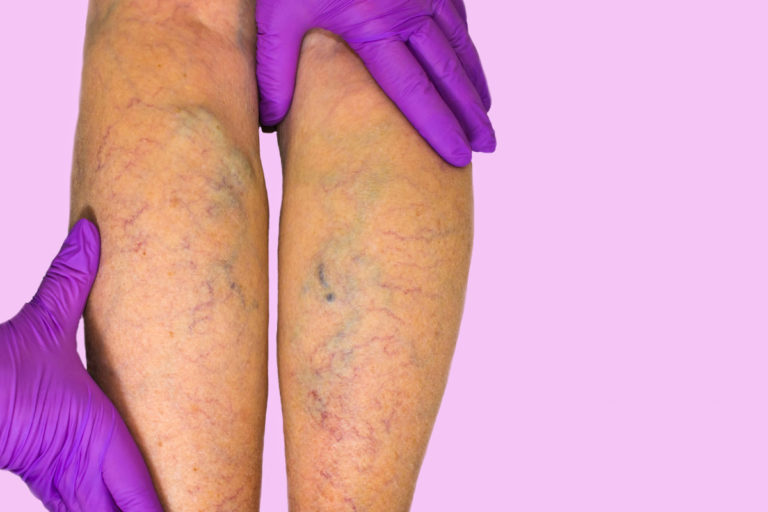Sıdıka Altop Kayalı, M.D., from Cardiovascular Surgery Department of Hisar Hospital Intercontinental informs about non-surgical treatment modalities for varicose veins.
Varicose veins may cause discoloration of skin over time
Varix implies abnormal dilatation of veins – the blood vessels that flow the poorly oxygenated blood back to the heart – due to overpressure and obstruction, resulting in failure to carry the blood to the heart. The failure of valves located in veins and overpressure leads to dilatation of superficial veins in legs and next, those veins elongate and form varicose veins that look twisted and green-blue. When left untreated, varicose veins progress and they may cause discoloration of skin, blood clots and sores.
It is very common in women due to the age factor
Varicose veins are detected in 20% of adults and 50% of the people older than 50. The prevalence is 70-80% in patients older than 70. Since high heels and birth control pills cause stasis and clotting in veins, varicose veins are far more common in women. Long-term immobility, overweight and genetic predisposition are causative factors for varicose veins.
Summer is ahead; protect yourself from hot weather!
Hot compression is a very inappropriate approach to leg pains suffered by the people with varicose veins. Since we are too close to the summer, certain dangerous results are faced in terms of varicose veins, such as sinking the legs into sea in seaside for many hours and staying in the hot water in hot springs for a long time to alleviate the pain caused by varicose veins. Moreover, long-term standing and high-heels may aggravate the complaints and increase the complications, as they have negative influence on this disease.
Treatment modality may vary depending on the condition of varicose veins
There are various treatment options depending on type, length and extent of the varicose veins. The treatment aims to alleviate the complaints, prevent complications and correct the bad appearance. If it does not cause serious discomfort and symptoms are mild, your doctor may advise lifestyle modifications. However, the most appropriate treatment will be recommended in case of serious complaints, blood clotting and skin disorder.
Sclerotherapy does not require anesthesia, as the drug is inserted through the intravascular route
In sclerotherapy used for treatment of varicose veins, the medicine is administered through an intravascular route with ultrasound guidance under local anesthesia in an operating room and no incision is made. This non-surgical treatment modality of varicose veins help people mobilize and go to home following 2 to 3 hours of resting. It is sufficient to wear compression socks for 3 to 4 days.
Foam therapy is effective in moderate varicose veins!
It is identical to the sclerotherapy. However, the therapeutic agent is activated with air in this method, while the agent is administered in pure form in sclerotherapy and micro-sclerotherapy. Since the agent looks like foam when it reacts with the air, the method is called foam therapy. It is very effective in treatment of moderate to large varicose veins and it is commonly used.
Radiofrequency method is performed under anesthesia
The patient may require deep and short-term anesthesia. The patient may be discharged to home, after effects of anesthesia are observed for 6 to 8 hours. It does not cause any disadvantage, such as incision, suture, resting, anesthesia administration or loss of work and strength. The person may resume the social life soon after the treatment. It is necessary to wear compression socks for 1 week after the treatment. In laser ablation, the laser therapy is guided with ultrasound. Radiofrequency ablation and glues reduced its use. Moreover, laser and radiofrequency ablation may be required for your health and happiness in treatment of varicose veins.
- It ensures comfort for the patient in treatment of the condition.
- The procedure is completed within several hours without any need to administer anesthesia.
- It offers perfect outcomes in treatment of varicose veins.
- The patient may resume the work and daily life activities on same day.
- Treatment does not cause any spot or scar on the skin.
- The patient can be mobilized 30 minutes after the procedure is completed.
- No irreversible stiffness or stretching is felt on the trace of the treated blood vessel.

